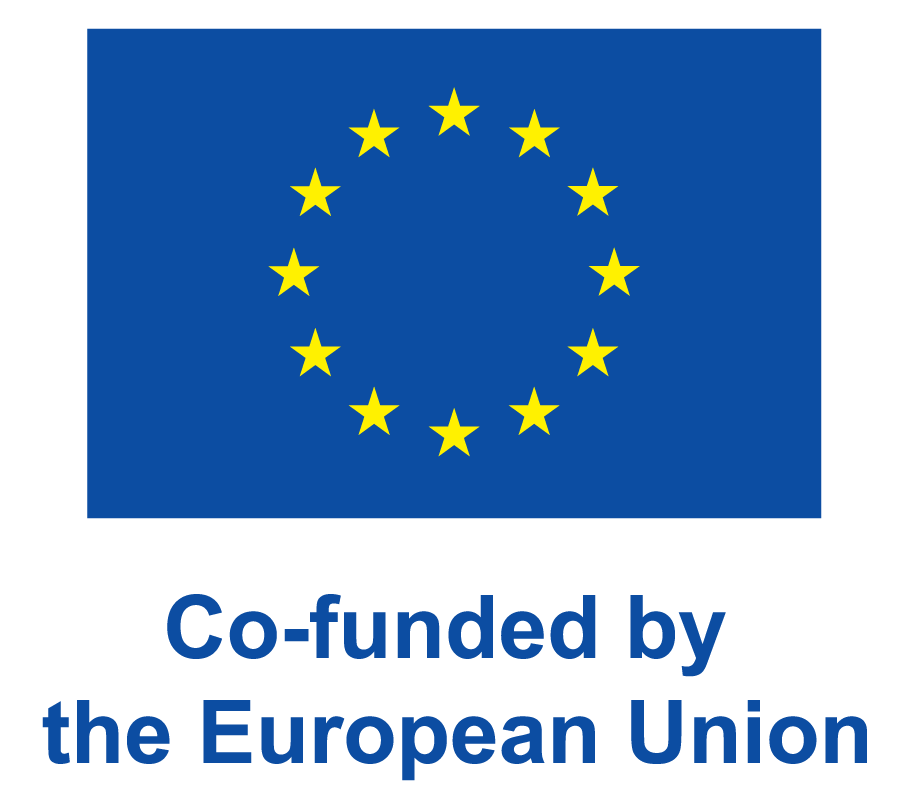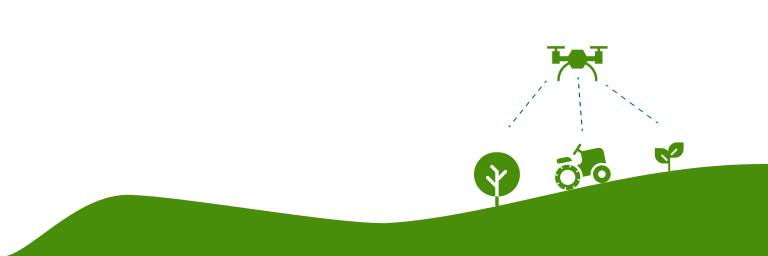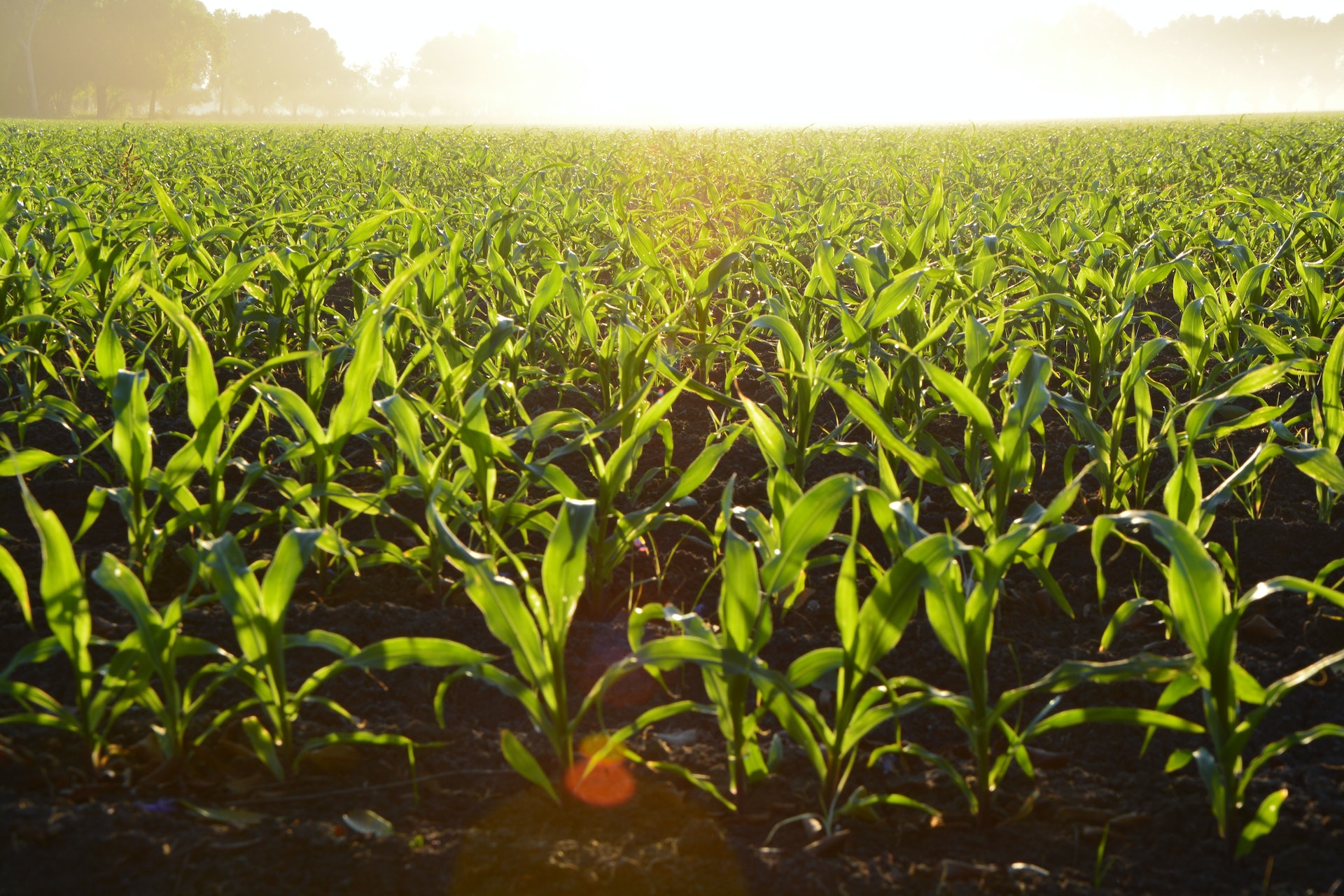The consumption of mineral fertilisers (nitrogen and phosphorus) in agricultural production in the EU was 10.9 million tonnes in 2021, equivalent to a year-on-year decrease of 2.2% compared with 2020 and a cumulative decline of 6.4% from the relative peak in 2017.
The consumption of nitrogen-based fertilisers in agriculture was estimated at 9.8 million tonnes in the EU in 2021, a year-on-year decrease of 2.0%, a rate similar to the short-term trend noted since 2017. However, over the medium term, the overall consumption of nitrogen fertilisers returned to a level similar to that of a decade before.
Consumption of nitrogen-based fertilisers in agriculture in 2021 was highest in countries that are also among the EU’s main agricultural producers. France (2.0 million tonnes), Germany (1.3 million tonnes), Poland (1.0 million tonnes, 2020 data) and Spain (1.0 million tonnes) together represented one-half of total EU consumption.
In 2021, the consumption of phosphorus fertilisers in agriculture was 1.1 million tonnes. This represented a decline of 3.8% on the level in 2020, albeit to a level that was similar to the average over the previous decade.
The countries with the highest consumption of phosphorus-based fertilisers in agriculture in 2021 were France, Spain, Poland, Romania, Italy and Germany; their consumption was almost three-quarters of the EU’s total use.
While there is still no available data for 2022, it is important to mention that the military aggression in Ukraine and the application of sanctions on Russia has led to sharp increases in fertiliser prices, which will likely impact the use of fertilisers in agriculture in the EU (European Commission, 2022). The EU’s nitrogen-based fertiliser industry had been heavily dependent on the gas of Russian origin. In addition, Russia and Belarus had been key players in the world production of rock-based fertilisers (phosphates and particularly potassium).



